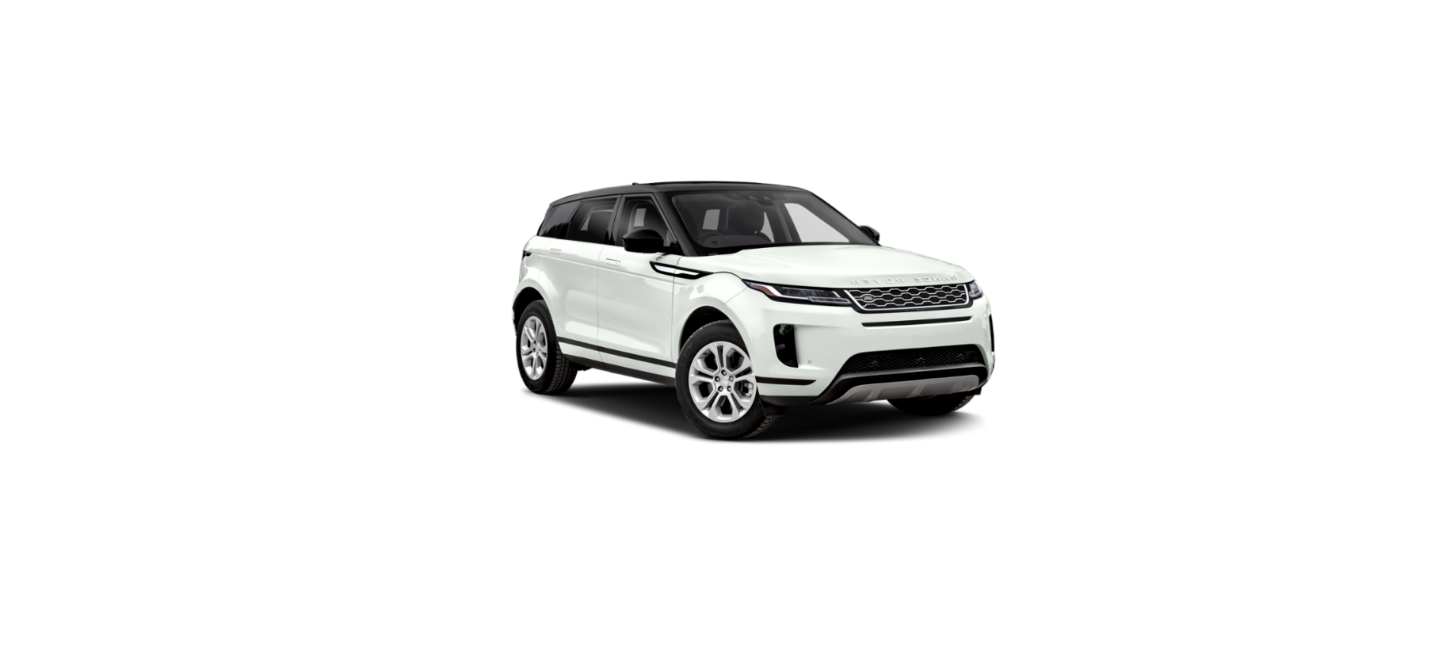2023 Land Rover Range Rover Evoque Load Carrying

LOAD CARRYING
Never allow passengers to travel in the loadspace under any circumstances. All vehicle occupants should be seated correctly and should wear a seat belt at all times when the vehicle is in motion. Failure to do so can lead to serious injury or death in the event of an accident.
All items carried in the vehicle should be properly secured. If the vehicle is involved in an accident or subject to sudden braking or a change of direction, loose items can cause serious injury.
LOADSPACE COVER
Never place objects on top of the loadspace cover. During an accident or sudden maneuver, loose objects can cause serious injury or death.
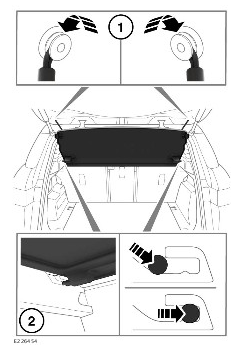
To remove the loadspace cover:
- Release the two straps from the pins on the tailgate.
- Pull the loadspace cover forward to release the locking pins.
- Lift the cover out of the locking pin guides.
Do not store the loadspace cover loose in the vehicle. During an accident or sudden maneuver, the loadspace cover could cause serious injury or death.
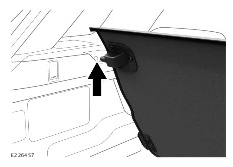
- Remove the loadspace cover.
- Fold the rear seats forward.
- Locate the cover’s locking pins between the pin guides while positioning the cover vertically, approximately where the upright rear seatbacks are normally. The top surface of the cover must be facing forward, with the clips at the top.
- Click the cover into place.
- Return the rear seats to the upright, locked position.
There is a label fitted to the bottom of the loadspace cover showing the stored position.
- Locate the locking pins on the loadspace cover into the recesses.
- Push back the loadspace cover to lock the cover into place.
- Fit the lifting straps for the loadspace cover over the pins on the tailgate. Pull down lightly on the straps until they click into place.
ROOF RACKS AND LOAD CARRIERS
A loaded roof rack can reduce the stability of the vehicle, particularly when cornering and during crosswinds.
Driving off-road with a loaded roof rack is not recommended.
Fit only a roof rack system that is designed for use with the vehicle. For further information, consult a retailer/authorized repairer.
The maximum load for an approved roof rack system is 165 lb (75 kg) while driving on-road. Off-road driving reduces the limit to 110 lb (50 kg). The weight of the approved roof rack system is not calculated as part of the load.
If an alternative roof rack system is used, the weight of that system must be included as part of the load weight.
Loads must be evenly distributed without overhanging the rack. After traveling 30 miles (50 km), check the security of the roof rack and any load.
LUGGAGE ANCHOR POINTS
All items carried in the loadspace area should be properly secured. If the vehicle is involved in an accident, subject to sudden braking or a change of direction, loose items can cause serious injury.
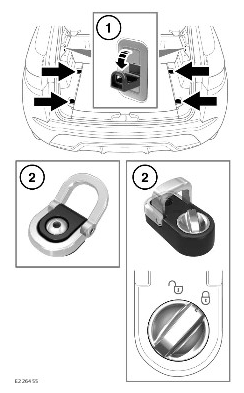
All items carried in the loadspace should be properly secured. If the vehicle is involved in an accident, or is subject to sudden braking or a change of direction, loose items can cause serious injury or death.
Using the lashing eyes and bag hooks:
- Bag hooks: The bag hooks should only be used for lightweight items.
- Fixed or adjustable lashing eyes: Use to assist in safely securing large items.
With adjustable lashing eyes, first turn the locking button counter-clockwise to unlock. Press the button and slide to the required position onthe adjusting rail. Release the button to latch it into position. Move the lashing eye slightly until a click is heard. The lashing eye is now secured. Turn the button clockwise to lock.
In some markets, a range of approved luggage retention accessories is available from a retailer/authorized repairer.
LOADSPACE PARTITION
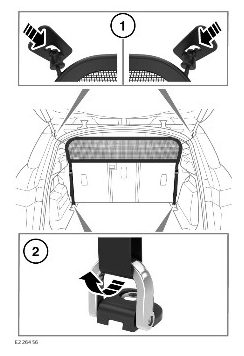
Make sure the soft cargo barrier and all fasteners are safely and correctly fitted. The straps should be tight and straight. During an accident or sudden maneuver, loose objects can cause serious injury or death.
Before fitting the cargo barrier net, check the orientation of the net. The logo on the cargo barrier net must be visible when standing at the rear of the vehicle and looking into the loadspace.
To fit the cargo barrier net:
- Engage the end pieces into the recessed areas molded into the sides of the roof.
- Lace the straps through the lashing eye loops.
Removal of the partition net is the reverse of the fitment procedure.
